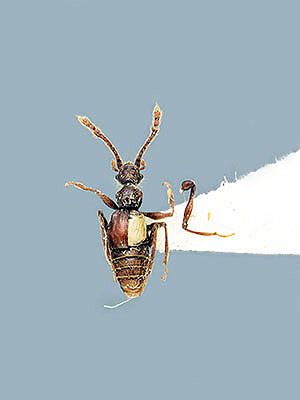The rove beetles (Staphylinidae) contain about 63000 species, making it one of the largest families in the animal kingdom, several new species are being described every year.
So, it is no wonder that this family also contains countless extinct forms – at least 18 are known from subfossil remains found on the Austral Islands so far.
*********************
edited: 31.10.2020

